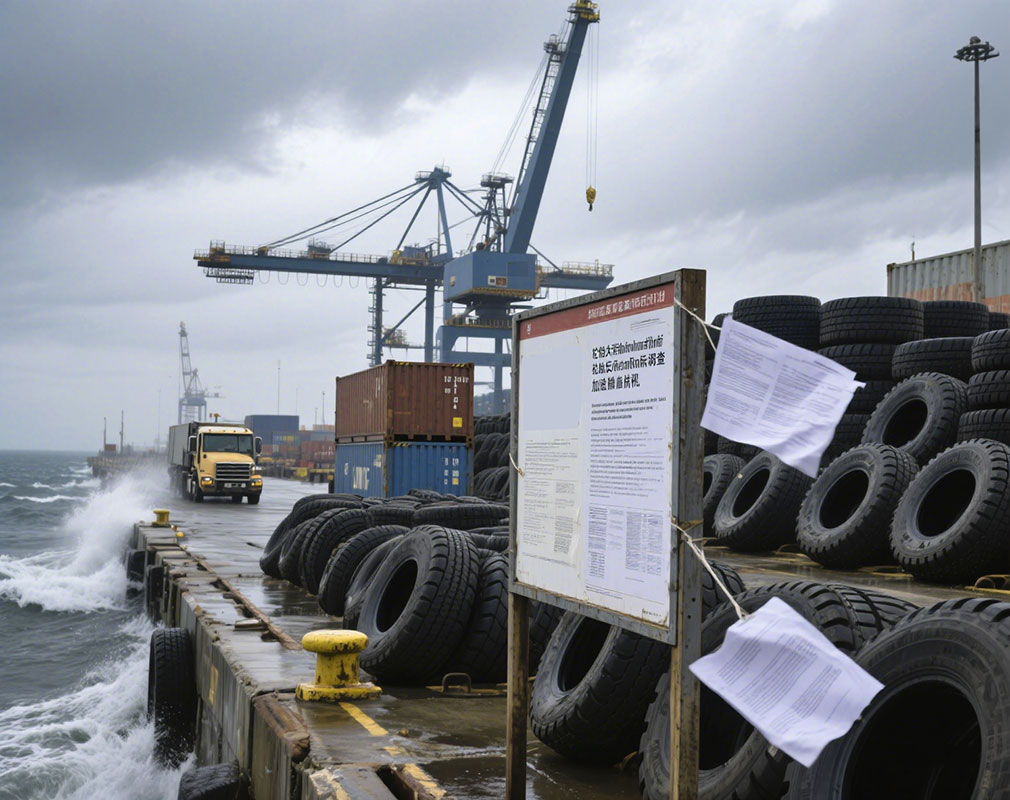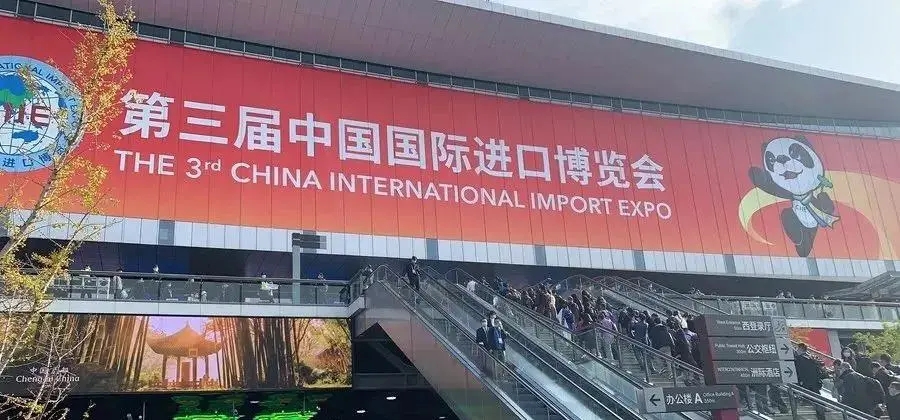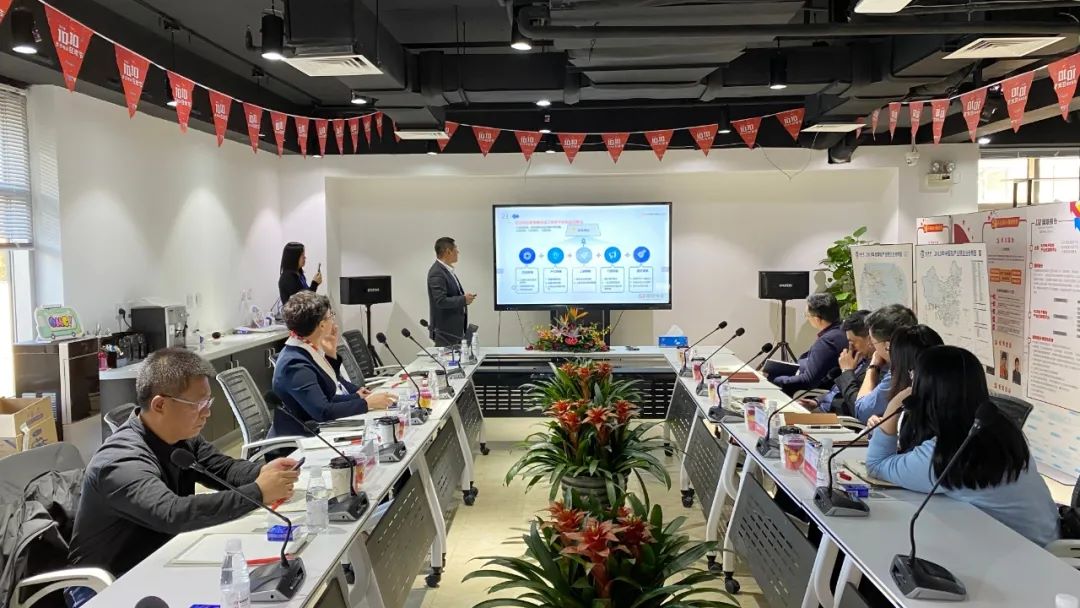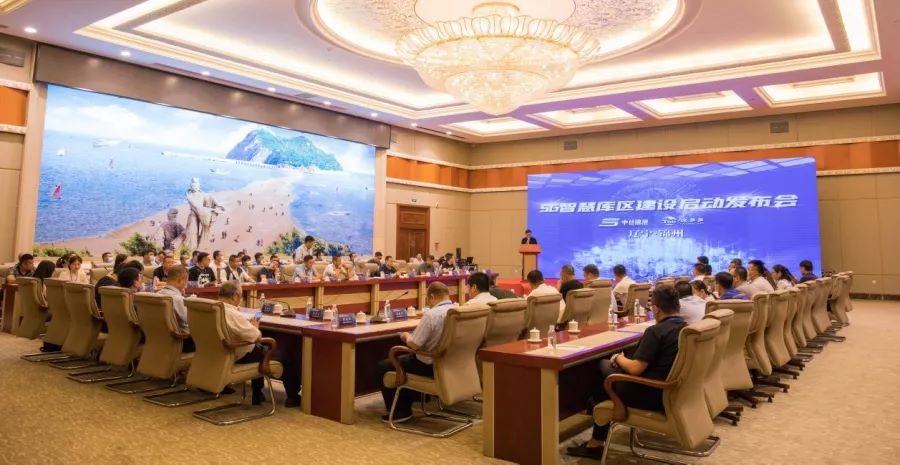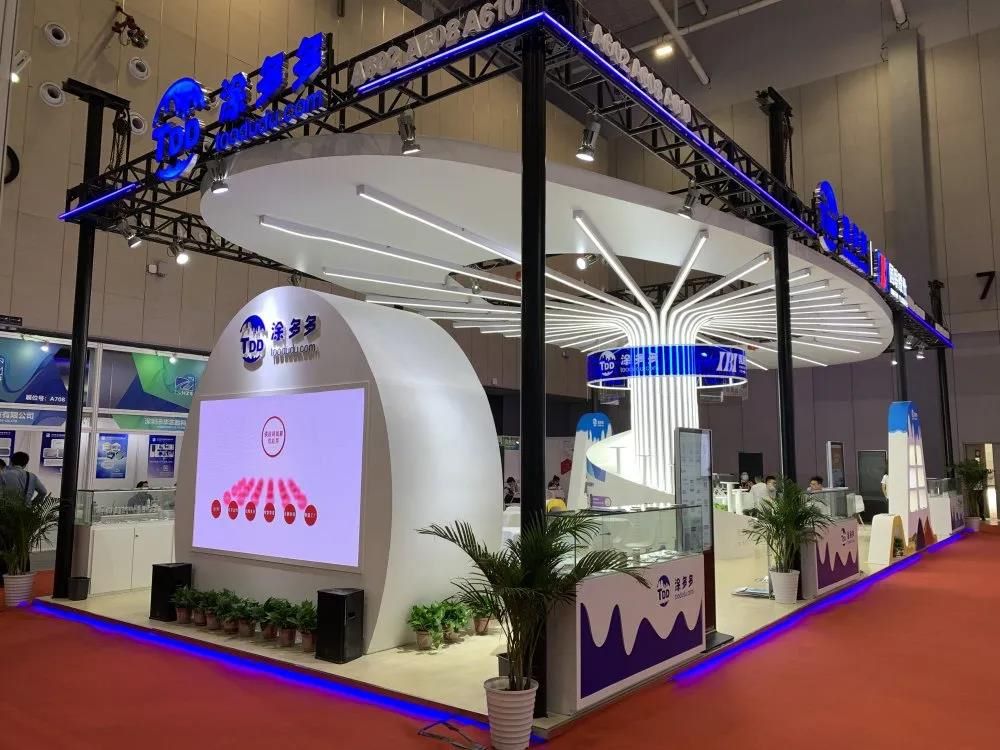China Tires: SEA Challenge
Once upon a time, Southeast Asia became a "hot investment destination" in the eyes of the global manufacturing industry with its low tax rates, cheap labor and abundant natural rubber resources, and was even regarded by Chinese tire companies as a "tax haven" to circumvent international trade barriers.
However, with the drastic changes in the global trade pattern, this former safe haven is revealing hidden systemic risks, making Chinese tire companies that have deployed here face unprecedented challenges.
In the past decade, Chinese tire companies have set off a wave of investment in Southeast Asia. Thailand, Vietnam, Cambodia and other countries have become the first choice for companies to build factories overseas with their geographical advantages and policy dividends.
Data shows that Chinese companies have built more than 20 tire production bases in the above three countries, forming a huge production capacity of more than 20 million full-steel tires and 60 million semi-steel tires per year. Take Thailand as an example.
In its Eastern Economic Corridor (EEC), Chinese tire companies' investment projects account for more than 30% of the investment in the manufacturing industry, and some factories have even become major local taxpayers.
But under the appearance of prosperity, structural contradictions have long been apparent. The local market in Southeast Asia is limited in size, and the combined annual consumption of tires in the three countries is less than 50 million, which is in sharp contrast to the huge local production capacity.
More than 90% of the tires produced by enterprises rely on exports, forming a "pseudo-localization" model of "localized raw materials, localized production, and globalized markets". Although this model circumvents the high tariffs imposed by Europe and the United States on Chinese-origin tires in the short term, it also lays the hidden danger of trade friction.
Since 2023, Europe and the United States have successively raised the "sword of sanctions" against the Southeast Asian tire industry.
The European Union took the lead in launching an anti-circumvention investigation on Vietnamese truck and bus tires, and determined that Chinese companies evaded tariffs of 17.7%-22.5% by "changing their appearance"; the United States retained a basic tariff of 10% on Southeast Asian tires, and spent US$300 million to build a "Southeast Asian Origin Tracking System", requiring companies to provide more than 200 data such as raw material procurement and production processes.
In 2024, the European Union announced that it would impose an anti-dumping duty of 15%-25% on Cambodian tires, and the United States included Thailand and Vietnam in the "currency manipulator" watch list. The double tariffs plus exchange rate fluctuations have caused the cost of tires manufactured in Southeast Asia to surge by 12%-18%.
The reconstruction of tariff barriers is disintegrating Southeast Asia's last "cost advantage". Although the local natural rubber price is 15%-20% lower than that in China, and the labor cost is only 1/3 of that in China, with the average annual increase of 8% in Vietnam's minimum wage standard, the equipment upgrade costs brought about by Thailand's stricter environmental protection policies, and the strict requirements of the European and American certification systems, the comprehensive operating costs of enterprises have approached the domestic level.
The head of a leading tire company admitted: "In the past, a tire exported to Europe and the United States could save $30 in tariffs. Now the anti-dumping duties and traceability compliance costs have added up, and the profit margin has been compressed by more than 40%."
The more severe challenge lies in the fragility of the industrial chain ecology. Southeast Asia has a weak supporting industry foundation. Key auxiliary materials such as carbon black and steel cord required for tire production still rely on imports.
The logistics cycle is as long as 20-30 days, and the storage cost is 2-3 times higher than that in China. In the Suez Canal congestion incident in 2023, many companies were forced to suspend production due to the interruption of raw material supply, with direct losses exceeding US$50 million. In addition, the local skilled worker gap is as high as 40%, and companies need to invest a lot of resources in training, further pushing up labor costs.
Faced with the dilemma, some companies have started strategic adjustments. Sailun Group announced that it would suspend the second phase of its Southeast Asia project and instead invest in emerging markets such as Mexico and Brazil; Linglong Tire adjusted the positioning of its Thai factory to a regional sales center and reduced its export capacity to Europe and the United States. But the road to transformation is full of thorns.
The high inflation and complex tax system in the Latin American market also test the global operational capabilities of companies.
The end of Southeast Asia's "tax haven" reflects a fundamental change in the logic of global manufacturing layout. From "tax avoidance orientation" to "compliance orientation", from "cost drive" to "value drive", the overseas expansion path of Chinese tire companies is shifting from extensive expansion to intensive cultivation.
How to reconstruct the resilience of the supply chain under the compliance framework will be the key to determining the competitiveness of the industry in the next decade.

